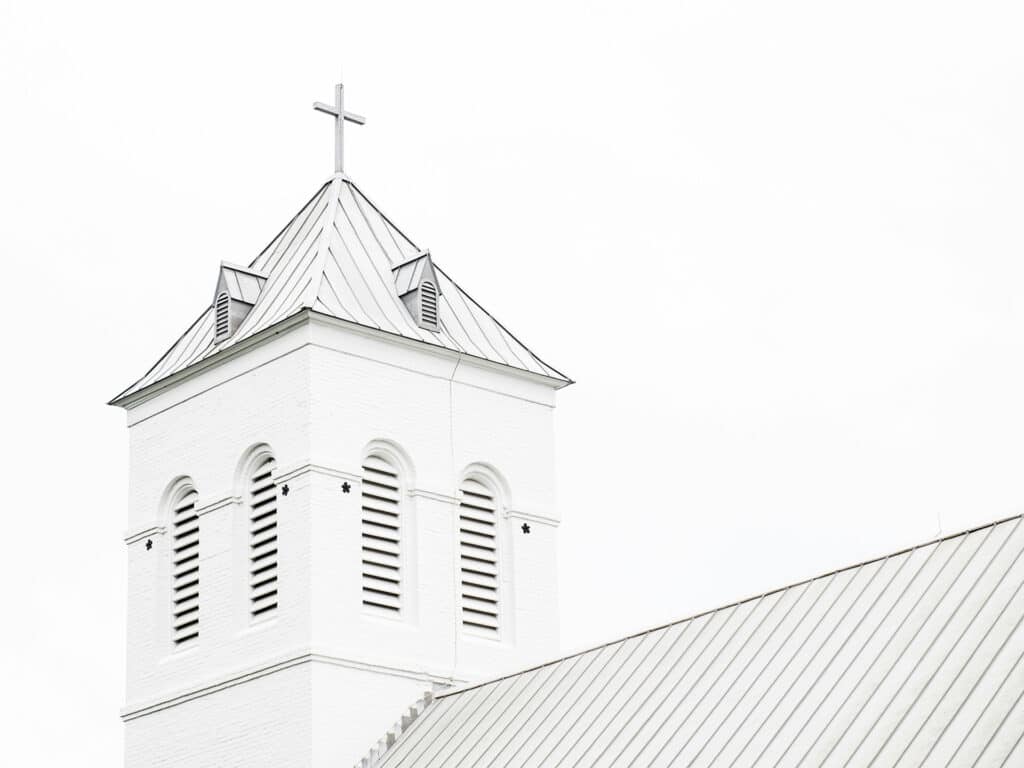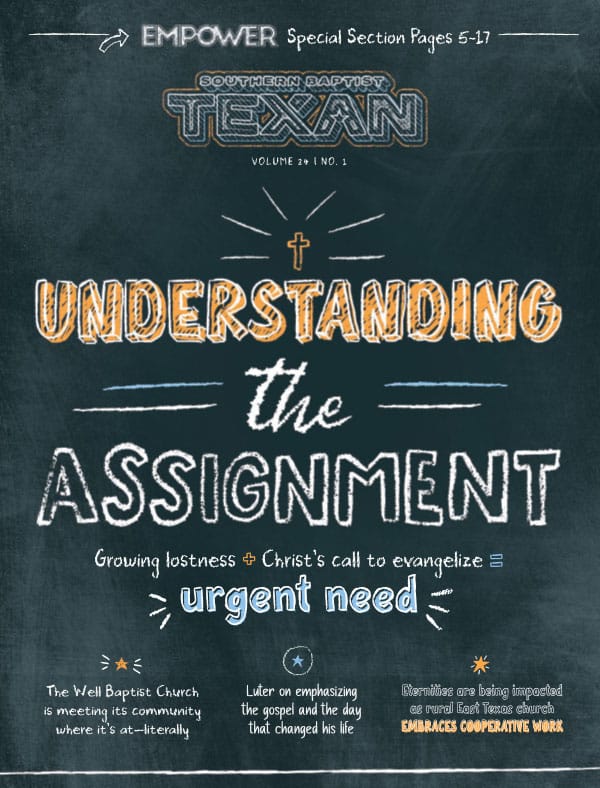Fellow church leaders, if you struggle to lead God’s people to pray together, you are not alone. I do, too. A year ago, Jesus Christ directed me to some pastors who taught me best practices for doing so and it is not an overstatement to say that a weekly prayer meeting completely revitalized our congregation, post-COVID. Here are a couple of those best practices that I’ve learned:
1. Make Prayer as Much a Priority as Preaching
The pastor must decide in his heart to be as zealous about planning and leading corporate prayer as he is preparing and preaching sermons.
Kie Bowman (senior pastor, Hyde Park Baptist Church in Austin) showed me the definite article in Acts 6:4 in the Greek New Testament before the word “prayer.” The definite article does appear in our English translations in Acts 2:42—“the prayers”—and refers to the disciples gathered to pray. In Acts 6:4, the pastors of the early church knew their primary responsibilities were twofold: to plan and lead corporate prayer gatherings and to prepare and preach sermons.
Vance Pittman (senior pastor, Hope Church in Las Vegas) describes the local church as an airplane with the two wings of corporate prayer and the public proclamation of the Word. The wind of God, the Holy Spirit, comes underneath these two wings and lifts the plane into the air where we are seated in the heavenlies in Christ Jesus, transcending the brokenness of this world. A local church can have the most technically sound preaching, but until it learns how to pray together, she’s a one-winged airplane … grounded.
As a pastor, I’m learning to devote as much spiritual, emotional, mental, and financial capital to leading corporate prayer gatherings as I do preaching the Sunday morning sermon.
2. Consider the Lord’s Prayer Template
The following three phases of prayer seem to trigger the movement of the Holy Spirit: personal consecration; talking to the Father about what matters to him; and finally, talking to the Father about what matters to us.
It seems this is at least in part what Christ taught us in the Lord’s Prayer. “Our Father who art in heaven” means we ought to first pray our way to renewed personal intimacy with the God of heaven and earth. This of course includes fresh humility, repentance, and surrender. Then in Phase Two we ought to pray “Hallowed be Your Name, Your Kingdom come, Your will be done on earth as it is in heaven,” meaning we ought to talk to the Father about the things that are on his heart. For example, our personal holiness, evangelism, global missions, a greater desire to fast and pray, greater repentance of sin and personal surrender, and the like.
Then finally in Phase Three, we ought to pray, “Give us this day our daily bread.” This is when we talk to our Father about the things on our heart, from big to small.
My church family is learning that the more we desire to gather together to pray like we desire to gather together to hear the Word preached, and the more we pray through this three-phase paradigm, the more we experience the presence and the power of the Holy Spirit. If you’d like to know more, please email me at nlino@nehbc.com.
Nathan Lino is senior pastor at Northeast Houston Baptist Church.














